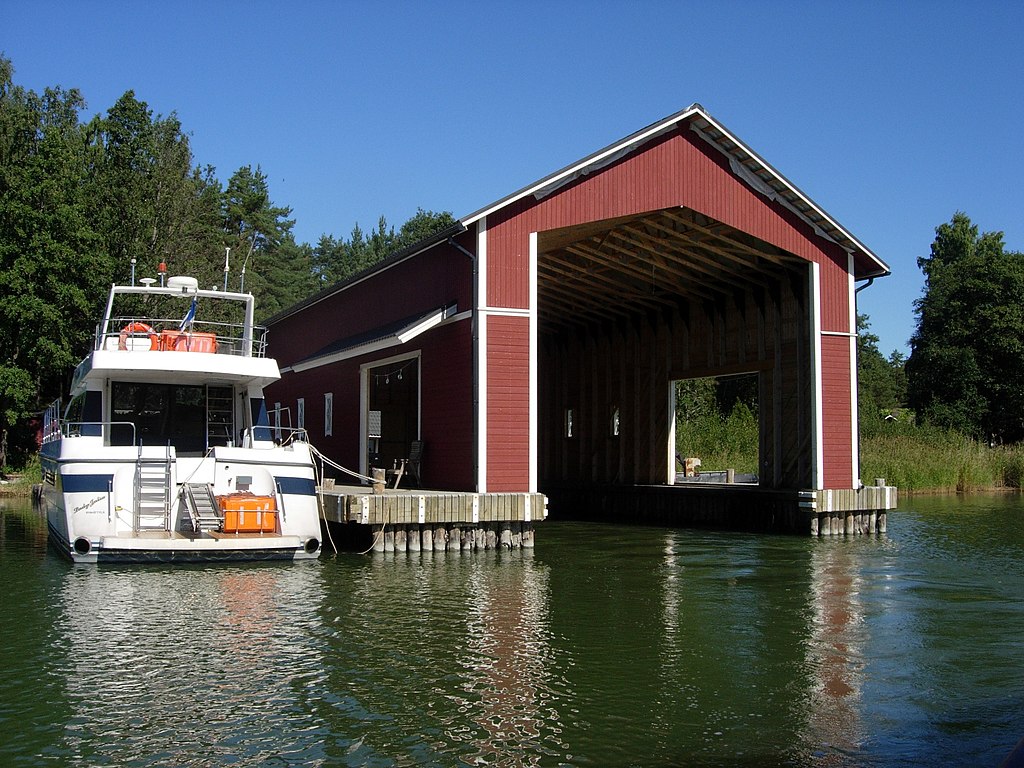When it comes to boathouse design, there are lots of things to take into consideration. Keep reading to learn more about installation and three sure-fire steps you should follow when you want the best custom boathouse for your needs.

Building a boathouse is not an easy task—and if you’re going to get it right the first time, you need to consider a few things before you even begin building.
The first thing that needs to be considered is who will be using the boathouse and how it will be used. A boathouse designed for heavy-duty use should be built with stronger materials than one installed at a private residence where access is limited.
If the area surrounding your boathouse will see lots of activity, such as in a marina or near a public boat launch, take this into account when selecting materials and floor plan options so that everything will hold up properly.
As far as size goes, take into consideration not only your own boat but also any boats that will be stored in the boathouse with yours.
For example, you’d definitely want to take into account a larger boat’s width and length when determining how wide and tall your doorways need to be.
You might also want to include additional square footage in your design to accommodate an engine hoist if necessary.
Read Also:
When designing your custom boathouse, don’t assume that all basements or concrete slabs are created equally.
There are several different materials that can be used for foundations, from poured cement slabs on a grade to wood post foundations to concrete blocks built from a crawl space.
When you’re selecting your foundation, consider the site’s topography and drainage as well as the boathouse materials to determine what type of foundation is best for you.
In many places around the world, there are specific building codes regarding storm protection that must be considered before installation can begin.
For example, California requires that overhead protection include a steeply-pitched polycarbonate roof with a slope between 4:12 and 5:12 (45 degrees) and no openings larger than 3 inches in diameter, while some other states may require more stringent standards like vertical walls on all four sides.
If your boathouse will be used in an area subject to heavy storms or hurricanes, meet with your local municipality to learn about the specific requirements and pass this knowledge on to your boathouse designer so that the finished result is exactly what you need.
Safety should always be a concern when building a boathouse, but there are several extra concerns unique to custom boathouses that may increase your risk for injury if they’re not handled properly.
For example, wiring going into or out of a garage can pose a serious fire hazard if it’s exposed—so work with your installer to devise a plan designed to keep everyone who uses the space safe from harm.
Since boathouses are often used for storage, you’ll want to make sure that they’re sturdy and secure so that your valuable items won’t walk off when you’re not looking.
Exercise caution when considering windows in your design because this will give access to your entire boathouse without requiring an actual door, which adds another layer of security against intruders.
Also, consider installing motion detectors or alarms that will send specific alerts directly to you (or police) if there is movement detected in areas where valuable items may be stored, like closets or garages.
At the end of the day, no matter what you choose your boathouse to look like, it will always have one purpose—to protect your boat while also allowing you to spend more time on the water with friends and family.
When designing or building a custom boathouse, remember that it’s not just about “creating a nice storage locker.”
A larger boat width and length should definitely be taken into consideration when designing and building a custom boathouse and any other structures on your property (sheds, tool rooms, etc.).
For example, if you were to install a shed made from similar materials as a custom boathouse, you would want to make sure that there was some kind of ventilation or another means for escape in case of fire as this is hazardous if not available.
Building a custom boathouse is a great way to protect your boat while also allowing you to spend more time on the water with friends and family.
Installing a boathouse requires a lot of skills. You can simply get your boathouse directly from the manufacturers. If you are looking for a professional boathouse manufacturer near you, click here.